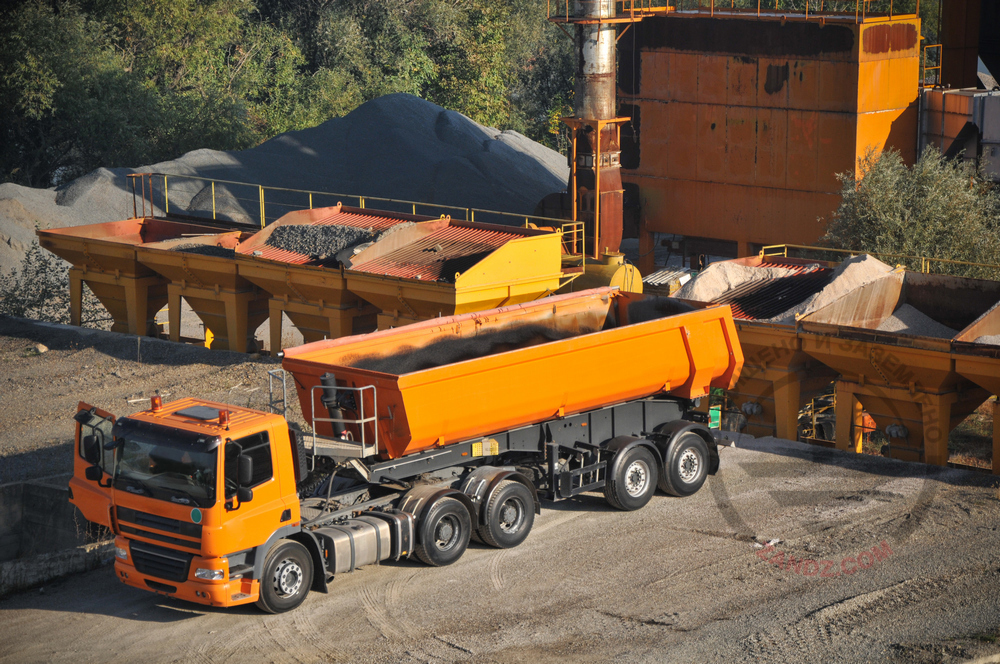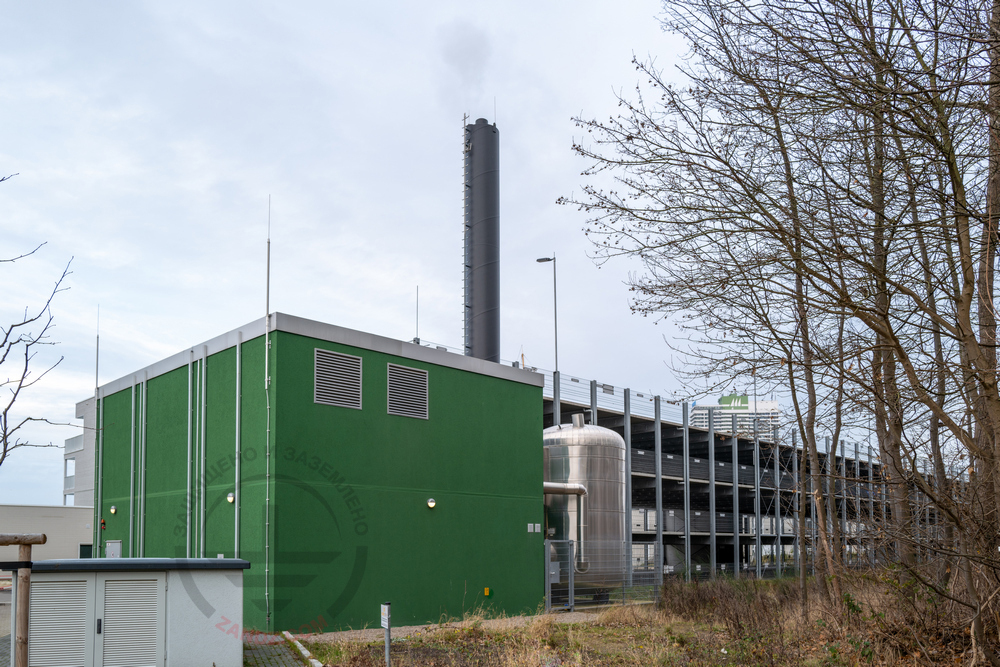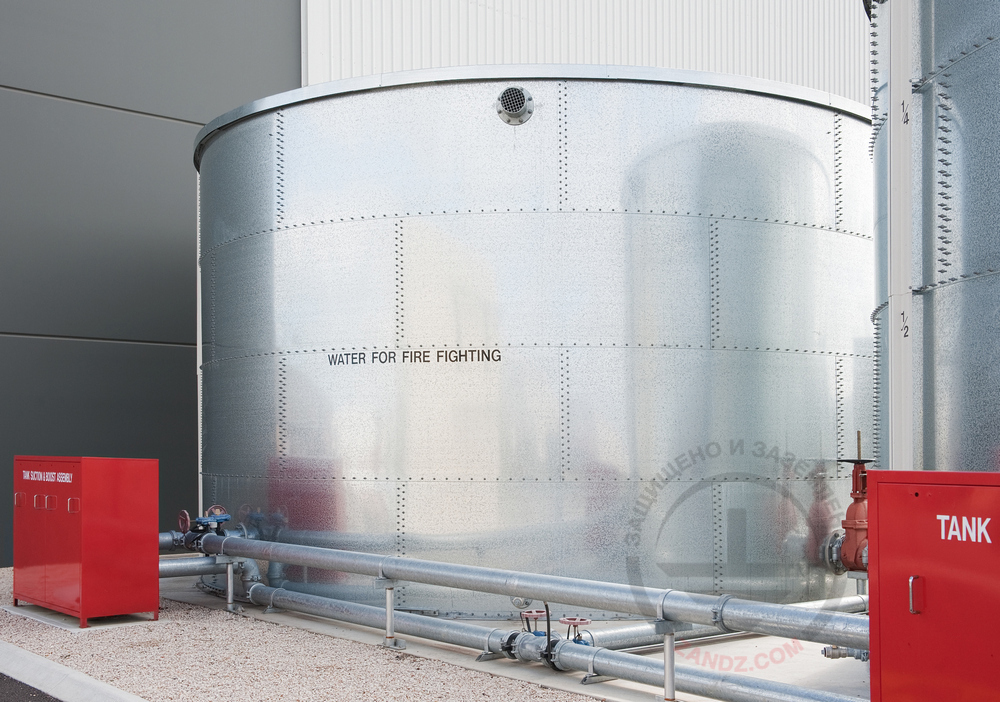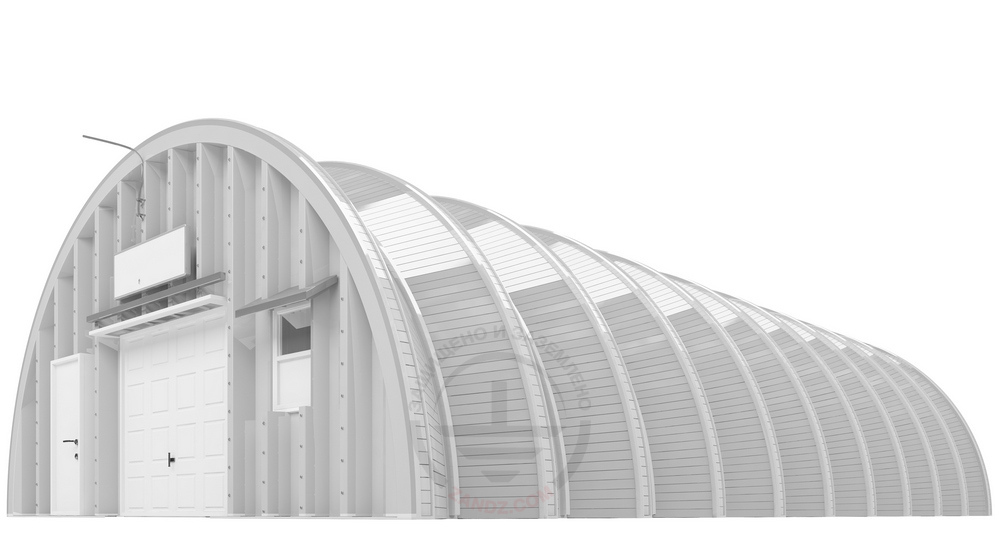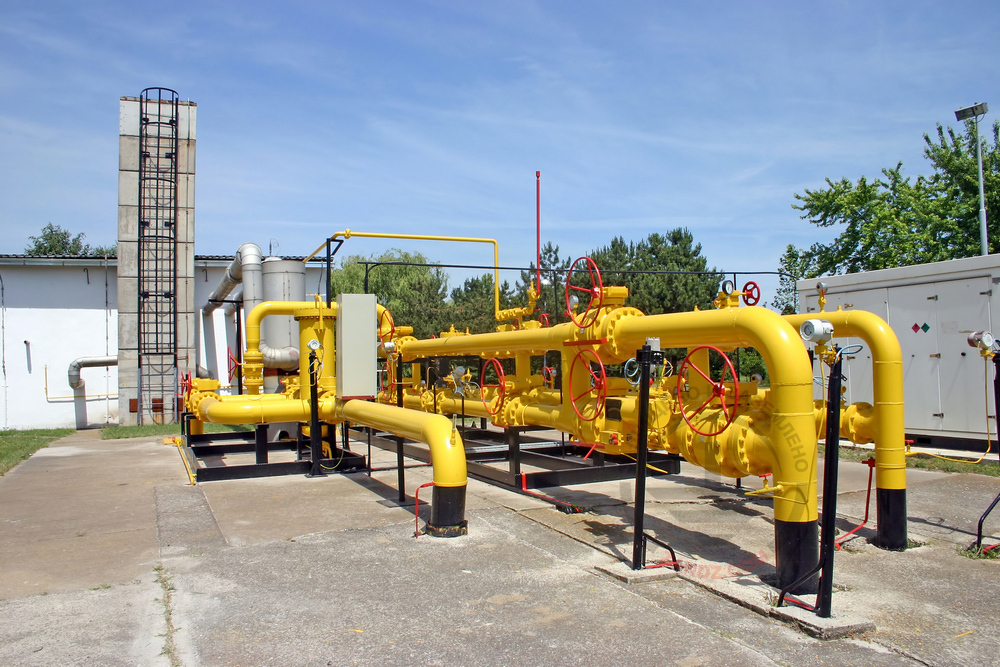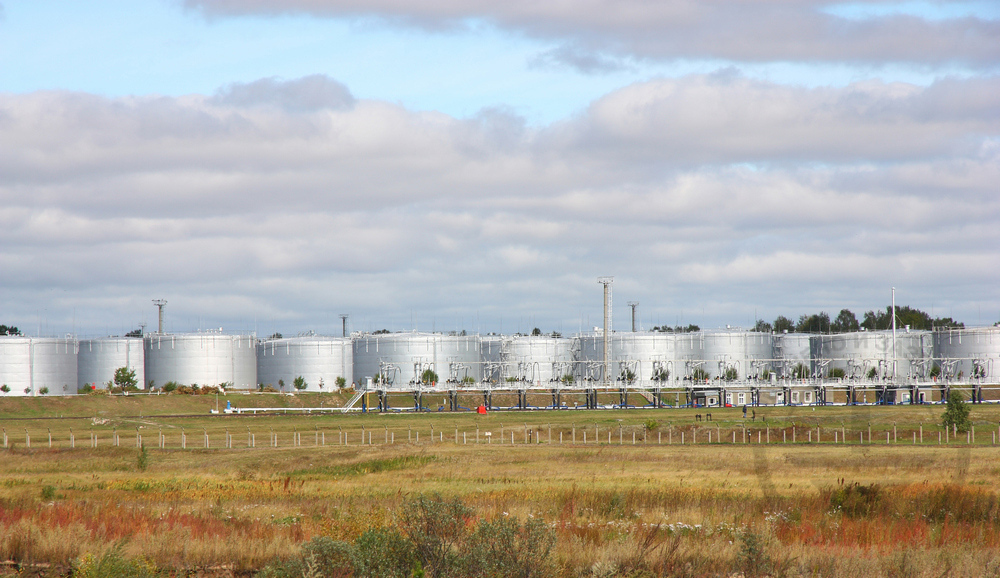Dear friends!
On February 10 the eleventh webinar with Professor Eduard Meerovitch Bazelyan took place. The common problems of the designers associated with surge protection devices were studied at the webinar. All the webinar participants have the opportunity to ask the Professor and get an answer in real time. One of the questions seemed particularly interesting to us and we decided to take it off the webinar and publish it on the site:
Question from the participant of the webinar, Klevets Vasiliy (time 1:13:24):
-
Eduard Meerovitch, we put an arrester (surge protector, - Ed.) into TS (transformer substation, -. Ed.) both along the bottom and the top side. On the side of 0.4 kV we put protection devices, as you said, but on the side of 6-10 kV we connect surge protection devices directly to the buses without any switching devices. It is a violation?
Answer of Professor Eduard Meerovich Bazelyan:
-
It is a surge protection device in the network of 10 kV, which is installed without the fuse on the transformer busbars. The guidelines of the FGC UES don't provide any specific guidance for that. However, having consulted the specialists from the Department of Technology and electrophysics of high voltges of the Saint-Petersburg Polytechnic University, we managed to get their point of view. It is necessary to put the fuse after the SPD from the side of 10 kV, counting its fusible element on a specially designed methodology.
My own views on this matter are as follows. Assembly with the fuse increases the cost of the construction, so you need to choose the priority when designing: uninterrupted power supply or transformer protection. When you mount a properly chosen fuse, the power supply is not disturbed, but the safety of the transformer cannot be provided. This happens in case of a multi-component lightning, when the next component current pulse generates overvoltage at the already disconnected SPD.
Fuse assignment on the transformer is protection against overcurrents. If we consider that the fuses are selected due to these considerations, they should be installed on the outputs of the transformer, and SPD after them, towards the buses and the line.
We thank Klevets Vasily for an interesting question and Professor Edward Meerovich Bazelyan for the detailed response. We try to cover all the questions on grounding and lightning protection, which designers, electricians and everyone who is in any way associated with grounding and lightning protection has. Send your question to our technicians and they will surely help!
See the full recording of the webinar at this link!
Related Articles:
